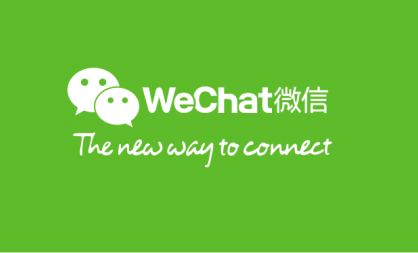If your company has already had email campaigns targeting Chinese customers, you might have been scratching your head to why the engagement is low. Email might not be the best channel to reach your audience in the Chinese market. To target those unengaged customers, the answer is WeChat.
What you need to know about WeChat?
Most famous social network sites worldwide as of August 2017, ranked by number of active users (in millions)
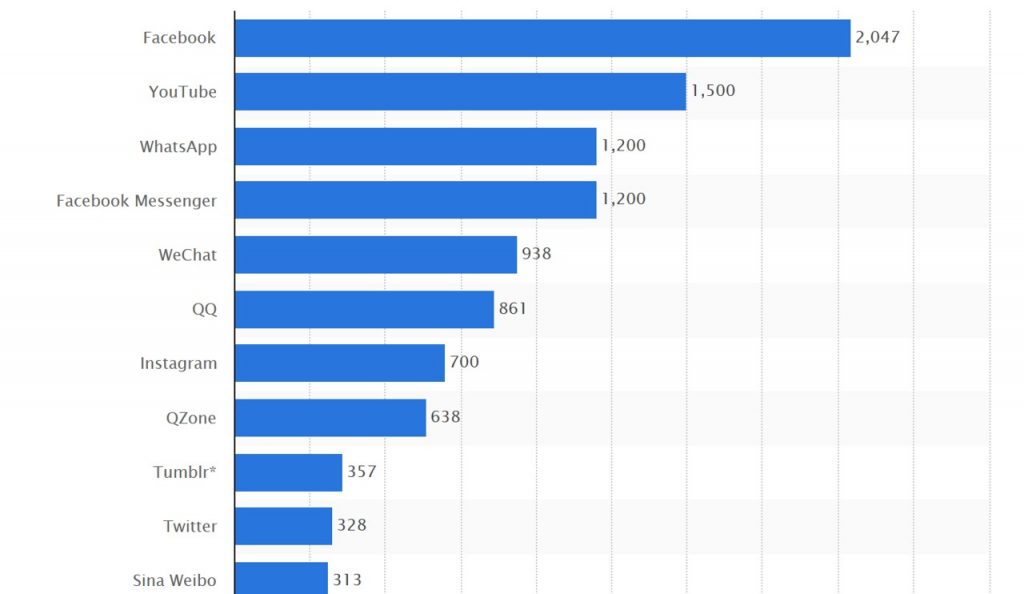
Source: Statista
- WeChat is the most popular messaging app in China (Source: 2015 Forrester Research survey).
- It has 938 million monthly active users (in June 2017) (Source: CIW).
- Its user base is close to Facebook’s Messenger and WhatsApp apps, which each had 1.2 billion monthly active users.
- It is used in over 200 countries
- It has over 100 million users outside of China (Source: TechInAsia)
- Early adopter and steady growth in regions having greatest Chinese-speaking populations
- In Singapore, 20% of smartphone users use WeChat, 30% in Hong Kong, and 38% in Malaysia.
22% of mobile internet users in India use WeChat monthly (Source: WalkTheChat’s report) - There are 5 million WeChat users in South Africa (Source: Reuters)
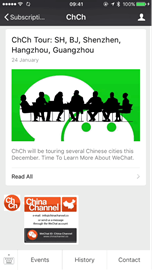
- WeChat supports 20 languages for translation (Source: India Times)
How WeChat is used in B2B?
- Broadcast How-To articles for product adoption
- Broadcast Monthly newsletter
- Archive relevant articles in MINI Site to track users engagement and interest
- Create self-service center to direct customers to the archived WeChat articles
- Customer Service using autoreply with pre-composed messages based on set keyword
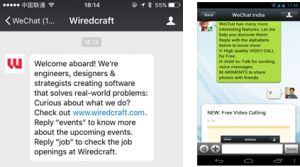
What do you need to consider before starting your WeChat campaign?
1) Know who are your target audience and how to reach them
The first step of starting any marketing campaign is to know who your audience are so that you can create the right content that are of their interest. The first batch of followers will be your existing clients and colleagues.
To build a database for your official accounts, you need to get your customers/prospects to become your followers. WeChat uses QR code big time. In China, brands are using QR codes everywhere. Display your QR codes at where your audience are .
Getting followers (existing customers)
- Opt-in campaign email with WeChat QR code
- Integrate in sales process
- Leverage partners
- Leverage the power of KOLs (Key Opinion Leaders) for the acquisition of followers
Where you can display the QR code?
- Website
- Social Media
- Store front
- Banner
- Flyer
- Ads
- Physical product
2) Decide which type of official accounts
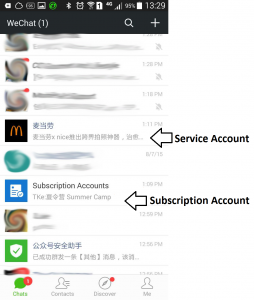
| Subscription Account | Service Account | |
|---|---|---|
| Messaging Limit | 1 push message daily, limited to 8 lines of information including graphic imagery | 4 push messages monthly, limited to 8 lines of information including graphic imagery |
| Visibility | Appear in the subscribed members’ folder and it can only be read if users open the folder | Appear as friends on the Favourites list of the members so it’s more visible |
| QR code tracking | Only 1 QR per account | Regenerative QR codes that allow visibility to where and how the members are recruited |
| API | Limited capability to support APIs, and has no payment capability. | Support 9 APIs, including payment functionality |
3) Choosing platform for WeChat workflow
- Marketing Automation Tool e.g. Eloqua (Read More Here)
- WeChat admin platform or Third party custom platform
4) Mapping with existing contacts
- Users are sent welcome message on WeChat with a link to fill up a profile form
- Profile form collects email address
- Map email address with existing database to check which sales motion they are in.
- Schedule message based on their motion and offer group.
